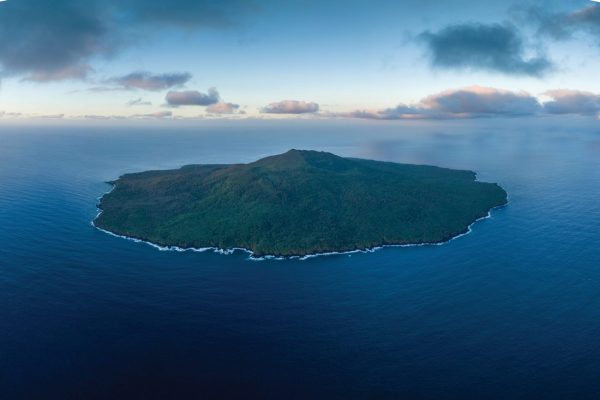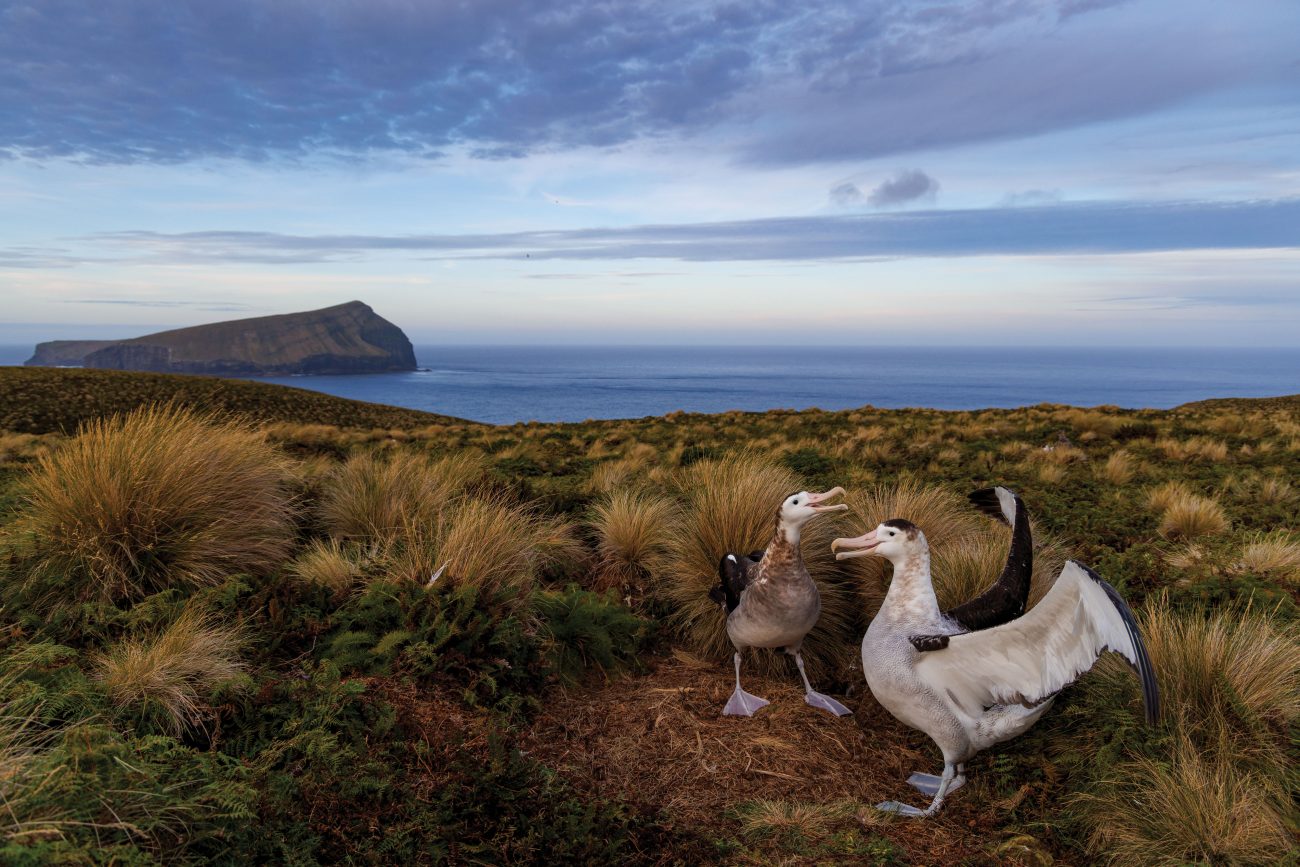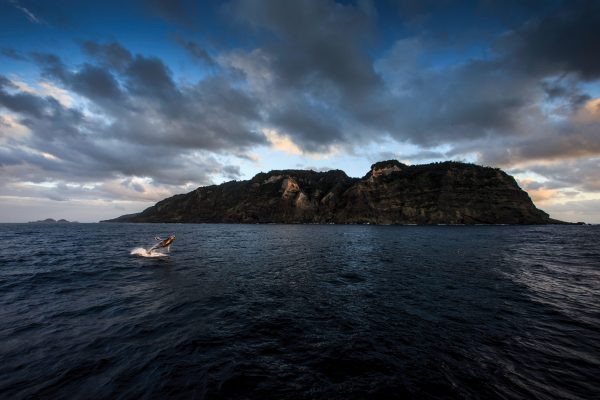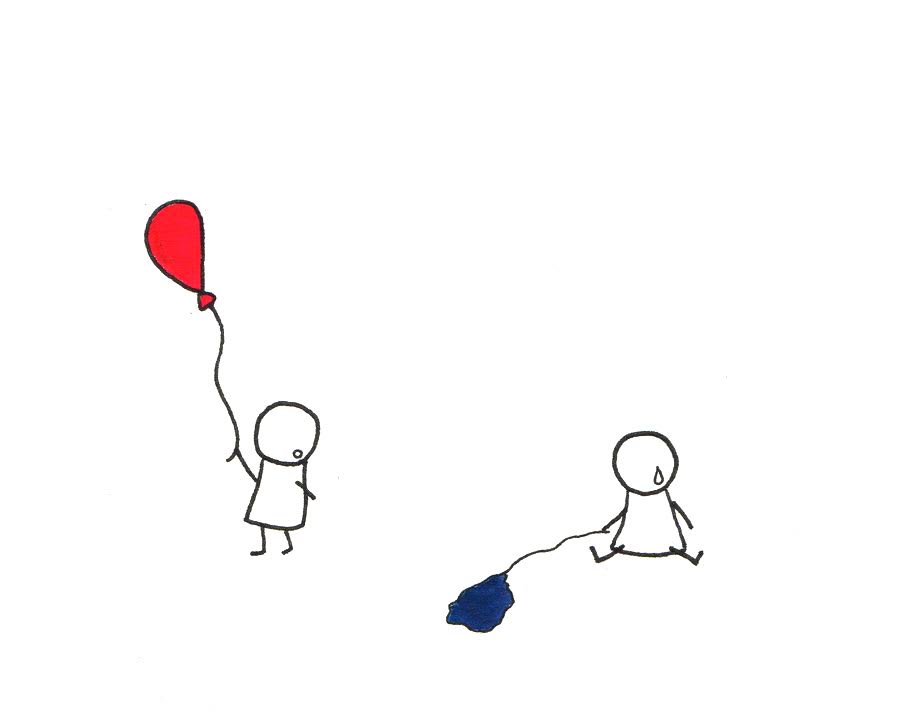Pacific
The UN body in charge of regulating global shipping has moved a small step closer to reaching its target of net-zero emissions by 2050.
A statement from the International Maritime Organisation (IMO) said it had agreed on an "illustration of a possible draft" outlining how to reach net zero, following the conclusion of its Marine Environment Protection Committee meeting in London.
Eight Pacific and Caribbean small island developing states, known as the 6PAC+, are calling for a US$150 levy on each tonne of greenhouse gas emissions produced by the shipping industry, to reach the IMO's targets.
The proposal is an increase from the US$100 per tonne universal mandatory levy the group called for in 2019, which they wanted to come into effect in 2025.
At the time it was dubbed a "landmark proposal".
University College London shipping researcher, Tristan Smith, said the industry needed to both change the fuels it was using and be more efficient.
"We need more time for the fuel transition, but we can do more with energy efficiency," he said.
"Nothing suggests that being practical about that fuel transition, being realistic about how fast it can move, [means] we can't still get to the 20 percent, striving for 30 percent, 2030 targets greenhouse gas reduction, by primarily using energy efficiency."
He said there were a number of ships already sailing predominantly on biofuels, but there was only a certain number of biofuels available, so it would not likely be the long-term solution for a new fuel.
"There are vessels that are trialling and demonstrating hydrogen and hydrogen-derived fuels.
"They are not available in volumes, and we'll need some time to mature - we'll need ships with new engines or modified engines in order to be able to use those fuels."
Smith said a levy - like the one being called for by the 6PAC+ - is one way the industry could reach its targets.
He said the IMO agreed to implementing greenhouse gas pricing last year, but this could take various forms.
"The concept of a levy is one interpretation of how you could do greenhouse gas pricing and that means that you apply a kind of flat rate, of like $100 or $150, to every ton of emission," he said.
"There isn't at this point agreement that that's exactly how this will be done."
Smith said the greenhouse gas pricing needed to be a high price because the energy transition will require more expensive fuels than the ones currently being used.
Last year, the IMO agreed to the net zero goal, aiming to cut emissions by 30 percent by 2030 and 80 percent by 2040.
Last week, the IMO member states met to figure out the mechanisms of doing so.
The statement said the draft outline lists regulations under the International Convention for the Prevention of Pollution from Ships, which will be adopted or amended to allow for a new global fuel standard and a new global pricing mechanism (carbon levy) for maritime greenhouse gas emissions.
These could include an economic mechanism to incentivise transitioning to net zero, or a goal-based standard regulating the phased reduction of the intensity of emissions from marine fuel.
Marshall Islands, Fiji weigh in
Speaking at the closing plenary of the IMO meeting, Marshall Islands ambassador to IMO Albon Ishoda said there is a need for a "fundamental shift in the way we approach maritime governance and regulation".
"We must recognize that the shipping industry, while indispensable to global trade and commerce, also carries a significant environmental burden," he said.
"It is incumbent upon us to embrace the principle of "polluter pays", and implement economic measures that incentivize sustainability, penalize environmental degradation, and drive shippings' green transition."
Meanwhile, Fiji said the progress made at the meeting had been commendable, signaling a positive step forward in addressing the challenges posed by the climate crisis within the maritime industry.
"However, we believe there is still room for improvement.
"We echo the statements made by the Marshall Islands that we must maintain focus on the overarching goal of creating a fair, inclusive, and environmentally sustainable future for everyone, aligned with the objectives of the Sustainable Development Goals."









